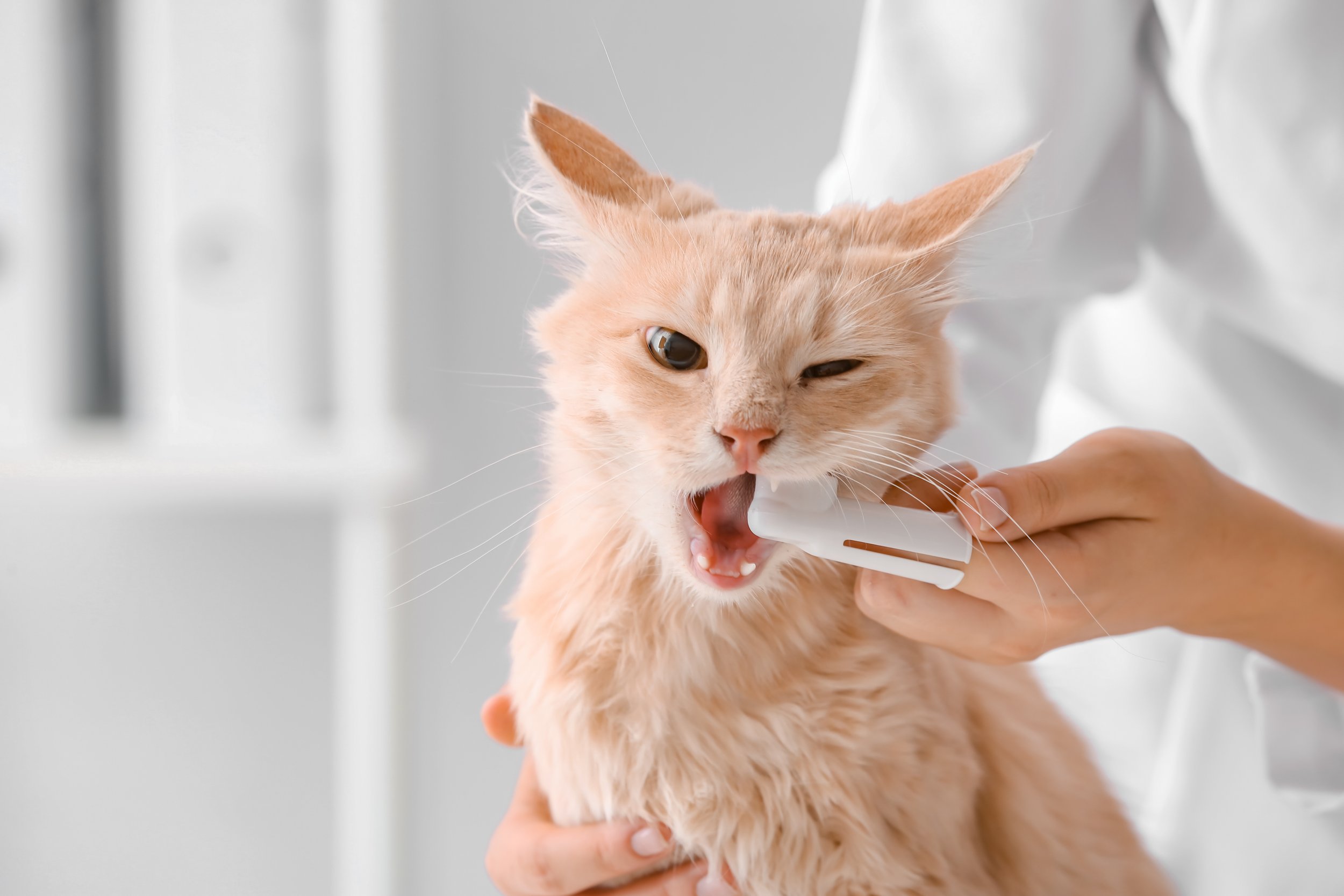How to Brush Your Cat's Teeth Without Losing a Finger
Taking care of your cat's dental health is crucial for their overall well-being, but convincing them to cooperate during a tooth-brushing session can sometimes feel like an impossible task. If you've ever struggled to brush your cat's teeth without getting scratched or bitten, you're not alone. However, with patience, persistence, and the right approach, you can make tooth-brushing a manageable and even enjoyable experience for both you and your cat.
Start Slow
The first step to successful tooth-brushing is to take it slow and be gentle with your cat. Begin by getting them comfortable with the sensation of having their mouth touched. Gently stroke their cheeks and lips, gradually working your way towards their teeth and gums. Use your finger to rub along their gums, simulating the motion of brushing. This will help your cat become more accustomed to the idea of having their teeth cleaned.
Introduce the Toothbrush Gradually
Once your cat is comfortable with having their mouth touched, it's time to introduce the toothbrush. Start by letting them sniff and investigate the toothbrush without any pressure. You can even let them taste a small amount of cat toothpaste to get them used to the flavor. Slowly begin to brush their teeth, focusing on the outer surfaces where plaque and tartar tend to accumulate. Use small, circular motions and be sure to praise and reward your cat for their cooperation.
Use Positive Reinforcement
To make tooth-brushing a more enjoyable experience for your cat, try incorporating positive reinforcement. Offer treats or verbal praise before, during, and after each brushing session to reward good behavior. You can also try associating tooth-brushing with something positive, such as playtime or mealtime, to help your cat feel more relaxed and cooperative.
Be Patient and Persistent
Above all, remember to be patient and persistent. Brushing your cat's teeth may take some time and practice, so don't get discouraged if progress is slow. If your cat becomes agitated or resistant, don't force the issue – take a break and try again later. With patience and consistency, you can gradually build up your cat's tolerance to tooth-brushing and make it a manageable part of their grooming routine.
Practice Regularly
Regularity is key when it comes to brushing your cat's teeth. Aim to brush their teeth at least two to three times a week to maintain their dental health. Establishing a consistent routine will help your cat become more accustomed to tooth-brushing over time and make the process easier for both of you.
These small, soft brushes fit over your fingertip, allowing you to gently clean your pet's teeth and gums with ease. They are particularly useful for pets who are resistant to traditional toothbrushes or for those who have difficulty reaching certain areas of their mouth.
Brushing your cat's teeth may seem daunting at first, but with patience, persistence, and the right approach, you can make it a stress-free experience for both you and your furry friend. Remember to take it slow, be gentle, and use positive reinforcement to encourage cooperation. By prioritizing your cat's dental health and making tooth-brushing a regular part of their care routine, you can help keep their teeth and gums healthy for years to come.

